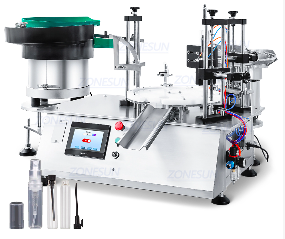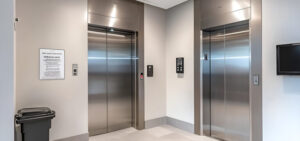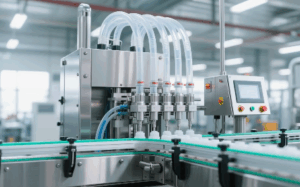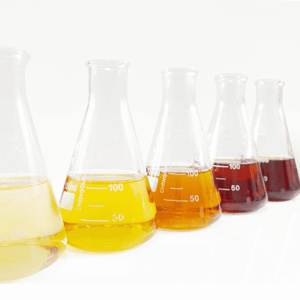Devices for filling perfume are essential in the fragrance production process, ensuring precision, efficiency, and safety while handling delicate and often flammable liquids. These machines are designed to accommodate a variety of bottle shapes and sizes, making them indispensable in modern perfume manufacturing facilities. As consumer demand for premium fragrances rises, the role of advanced filling equipment becomes even more critical in meeting quality standards and production volumes.
Table of Contents
ToggleTechnical Features and Design of Devices for Filling Perfume
Modern devices for filling perfume are equipped with advanced features to support high-speed and high-accuracy production. They use positive displacement pumps or peristaltic systems that can achieve filling accuracies within ±0.3%, critical when working with luxury fragrances where even a slight deviation is unacceptable.
Key technical features include:
- Anti-Leak and Anti-Drip Nozzles: Prevent even minute leaks that could waste valuable product or damage packaging aesthetics.
- Closed-Loop Filling Systems: Minimize the evaporation of alcohol-based perfumes during production, preserving product integrity and reducing loss.
- CIP (Clean-In-Place) Functionality: Enables automated cleaning of internal components, ensuring hygiene without manual disassembly and reducing downtime by up to 40%.
- Explosion-Proof Components: Motors and sensors designed to meet ATEX standards ensure safe operation in environments with volatile organic compounds.
These features combine to create a robust and reliable filling process that meets both regulatory and brand requirements.
Precision and Efficiency in Perfume Filling Devices
 Efficiency in production is as important as accuracy. High-performance perfume filling machines can process between 800and 1,500 bottles per hour, depending on the configuration. Precision servo-driven pumps maintain consistent flow rates, enabling uniform fill levels across batches.
Efficiency in production is as important as accuracy. High-performance perfume filling machines can process between 800and 1,500 bottles per hour, depending on the configuration. Precision servo-driven pumps maintain consistent flow rates, enabling uniform fill levels across batches.
Advanced systems also support automatic height adjustments for nozzles to handle bottles ranging from 5 ml sample vials to 200 ml luxury containers. Integrated conveyor systems synchronize bottle flow, ensuring seamless operation with other production stages like capping and labeling.
Material Compatibility and Handling Considerations
Since perfumes often contain alcohols, essential oils, and aromatic compounds, material compatibility is critical. Components in contact with the liquid—such as pumps, valves, and tubing—are made from 316L stainless steel or food-grade polymers to prevent corrosion and contamination.
Machines are also engineered with specialized surface treatments that help repel static charge buildup and minimize dust adherence, maintaining a hygienic environment and protecting sensitive fragrance formulations. Bottle handling systems use soft gripping mechanisms to avoid scratches or breakage during transfer and filling.
Quality Control and Inspection Systems
To maintain high production standards, quality assurance features are integrated into modern filling devices:
- Automated Optical Inspection: Vision systems check for underfilled, overfilled, or misaligned bottles in real time, rejecting any defective units before capping.
- Leak Detection Sensors: Monitor for micro-leaks to protect packaging integrity and prevent fragrance loss.
- Weighing Modules: Inline weight checks ensure each bottle meets exact specifications, critical for compliance in regulated markets.
- Batch Tracking with Barcodes: Every filled unit is traceable back to its production batch, supporting recall readiness and quality audits.
These systems enable manufacturers to maintain first-pass yield rates above 98%, even in high-speed production settings.
Safety and Environmental Considerations
Safety is paramount when filling volatile and flammable liquids like perfume. Advanced systems include:
- Fume Extraction Units: Capturing alcohol vapors at the source to protect worker health and prevent fire hazards.
- Explosion-Proof Construction: Meeting global standards such as IECEx and ATEX for hazardous areas.
- Energy Efficiency Measures: Power-saving standby modes reduce energy consumption by up to 20%, supporting sustainability goals.
- Global Environmental Standards Compliance: Many devices are built to align with international environmental frameworks, ensuring safe operations while minimizing ecological impact.
Conclusion
Devices for filling perfume have evolved into highly sophisticated systems that combine precision engineering, advanced automation, and stringent safety measures. They support manufacturers in producing luxury fragrances efficiently and safely, even in high-volume operations. With integrated quality control, material compatibility features, and environmental protections, these machines ensure every bottle meets the exacting standards expected in the global fragrance market.
For companies aiming to scale production while maintaining artisanal quality, investing in modern filling technology is essential. As consumer expectations grow, only advanced and versatile perfume filling devices can meet the challenge of balancing speed, accuracy, and safety in today’s competitive landscape.




